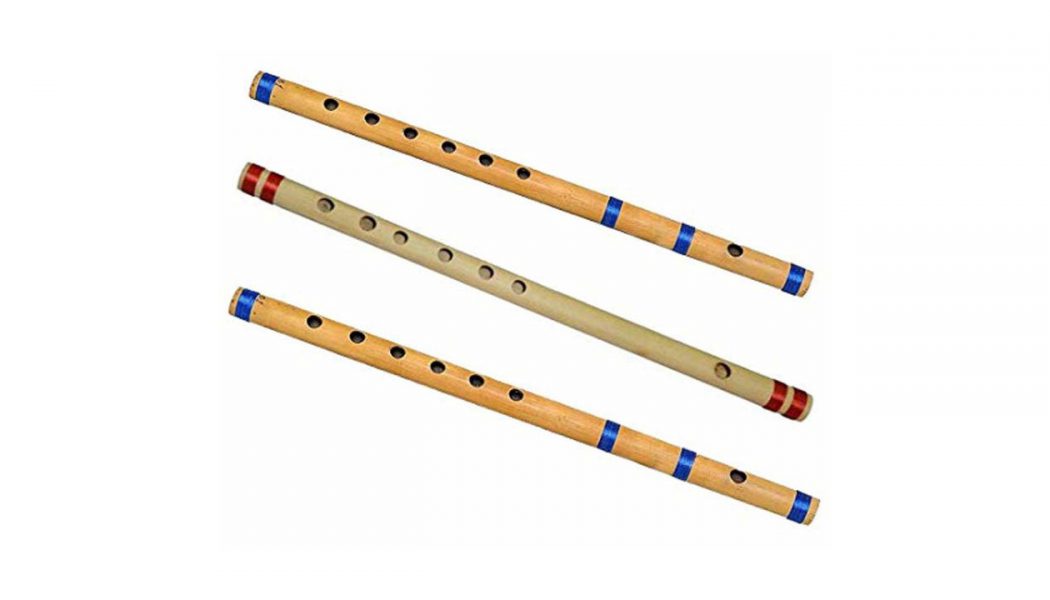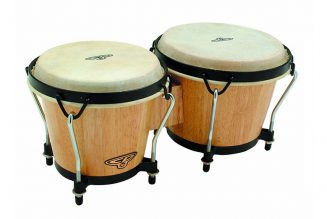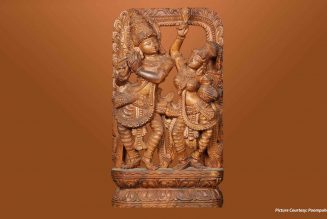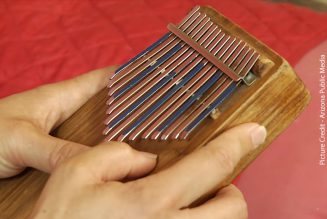Flute is a wind instrument and belongs to the woodwind group of musical instruments. It is an aerophone or reedless instrument, unlike the Harmonium which also produce sound by the flow of air through an opening.
Flutes are categorized as edge-blown aerophones. Aerophone is a type of musical instrument which produces sound by causing a body of air to vibrate. It does not use strings (chordophones) or membranes (membrophones) in producing the sound. Also, it does not vibrate considerably on its own (idiophones), while producing the sound.
A system of musical instrument classification was devised by Erich Mortiz Von Hornbostel and Curt Sachs in 1914 called Hornbostel-Sachs or Sachs-Hornbostel. According to this classification, Flues are classified as “Edge-Blown Aerophones”.
Origin of Flute
The origin of Flue is dated back to the Palaeolithic or Old Stone Age which had hand-bored holes on a wooden pipe. About 43,000 years ago, Flutes were found in the Swabian Jura region of present Germany. It shows that there was a developed musical tradition existed in in the very early periods of human presence in Europe. Apart from Europe, Asia (China and India) and Americas were also using Flutes in the early days.
Types of Flutes
Flutes are known to be of different types as follows.
- Directly-Blown or Fipple Flute – Which are played by blowing air straight across the edge of the mouth piece having a relatively narrow opening
- Side-Blown or Transverse – This type of Flute is played by blowing air through a hole on the side of the pipe. These are held horizontally while playing
- End-Blown – The player blows air into the end of the pipe
- Rim-Blown or Notched Flute – Played by blowing air across the top of the tube which has a notch or a sharpe edge, causing air to split
- Closed-Ended (like Police Whistle, Pan Pipes) and Open-Ended (Concert Flutes)
Flues are generally made of wood (Bamboo). But they are also made out of metal, plastic composites, bone and clay. Plastic Flutes offer lower maintenance and suitable for extreme climates. Metal Flutes are most common for Classical Music.
A Flute produces sound when a stream of air directed across a hole in the instrument creates a vibration of air at the hole. It works on the Bernoulli’s principle and creates a Siphon. This excites the air contained in the cylindrical resonant cavity within the Flute. There are a number of holes along the body of the instrument (pipe). The Artist changes the pitch by closing and opening these holes which changes the effective length of the resonating column and the resonant frequency.
The Bamboo Flute is an important musical instrument in the Indian Classical Music. Often vocal music is replaced by Flute in Carnatic Music Concerts. Flutes are used as Lead Instrument as well as accompaniment in Concerts. Bansuri is a side-blown Flute which has its origin in the Indian Subcontinent.









